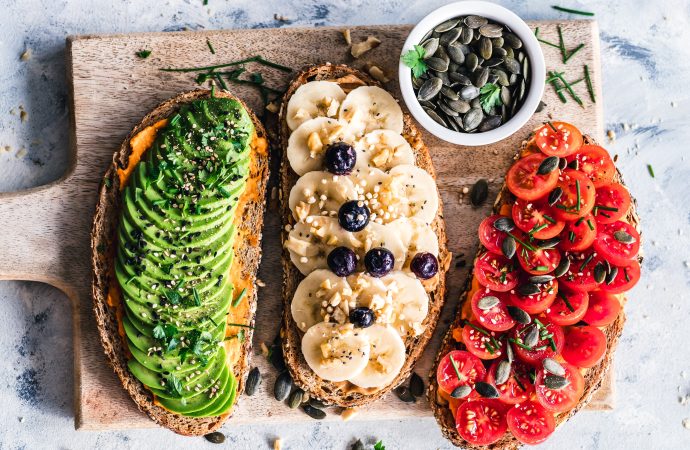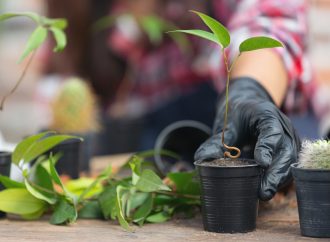For people with celiac disease, gluten sensitivity, or wheat allergies, going gluten-free is a necessity. But even for those without these conditions, a gluten-free diet can offer a range of health benefits, from reducing inflammation to improving digestion. However, the thought of giving up bread, pasta, and other gluten-containing foods can be daunting. The good
For people with celiac disease, gluten sensitivity, or wheat allergies, going gluten-free is a necessity. But even for those without these conditions, a gluten-free diet can offer a range of health benefits, from reducing inflammation to improving digestion. However, the thought of giving up bread, pasta, and other gluten-containing foods can be daunting. The good news is that with a few adaptations and some exploration of new ingredients, going gluten-free can be delicious and satisfying.
Adapting Recipes
One of the first challenges of going gluten-free is adapting your favorite recipes. Many traditional recipes rely heavily on wheat flour, which contains gluten. Fortunately, there are a variety of gluten-free flours and ingredients that can be used instead.
- Almond flour: Made from ground almonds, this flour is a great option for baked goods like cookies and cakes.
- Coconut flour: Made from ground coconut meat, this flour is high in fiber and protein and is a good choice for pancakes and waffles.
- Rice flour: Made from ground rice, this flour is a versatile option that can be used in everything from bread to pasta.
- Cornstarch: A common thickening agent in sauces and soups, cornstarch is a gluten-free alternative to wheat flour.
- Potato starch: Another common thickener, potato starch is a good choice for gravies and stews.
It’s important to note that gluten-free flours and ingredients often behave differently than wheat flour in recipes, so it may take some experimentation to get the hang of using them. There are also many gluten-free recipe websites and cookbooks available that can provide inspiration and guidance.
Exploring New Ingredients
Going gluten-free doesn’t mean giving up on flavor and variety. In fact, many cultures and cuisines have traditional dishes that are naturally gluten-free, such as Mexican tacos made with corn tortillas or Japanese sushi rolls made with rice.
There are also a variety of gluten-free grains and ingredients that can be used in place of wheat-based foods:
- Quinoa: A high-protein grain that’s great in salads, soups, and stews.
- Buckwheat: Despite its name, buckwheat is not related to wheat and is a great option for pancakes and soba noodles.
- Millet: A mild-tasting grain that can be used in everything from pilafs to porridge.
- Sweet potato: A versatile ingredient that can be mashed, roasted, or made into fries.
- Chickpea flour: Made from ground chickpeas, this flour is a staple in many Middle Eastern and Indian dishes.
When exploring new ingredients, it’s important to read labels carefully and look for products that are labeled “gluten-free” to avoid cross-contamination with gluten-containing foods.
Tips for Success
Here are a few additional tips for successfully adapting to a gluten-free diet:
- Be patient with yourself: It can take time to adjust to new ingredients and cooking techniques.
- Plan ahead: Make a meal plan for the week and stock up on gluten-free staples.
- Don’t be afraid to ask questions: When dining out or shopping for ingredients, don’t hesitate to ask about gluten-free options or how foods are prepared.
- Look for support: Join a local or online gluten-free community for tips, recipes, and support.
- Experiment: Try new recipes and ingredients to keep things interesting and flavorful.
In conclusion, going gluten-free can be a daunting prospect, but with some creativity, adaptation, and exploration, it can also be a delicious and healthy way of eating. By using alternative flours and ingredients, exploring new cuisines, and following some simple tips, anyone can successfully transition to a gluten-free lifestyle.























Leave a Comment
Your email address will not be published. Required fields are marked with *